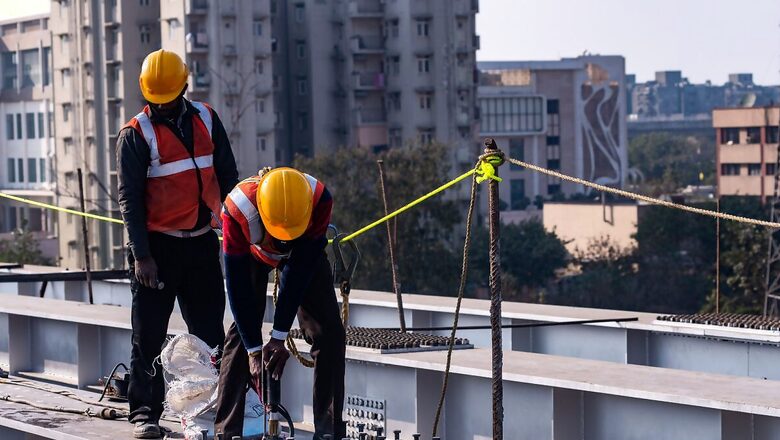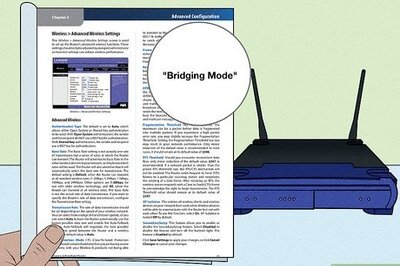
views
Construction workers exposed to hot environments or extreme heat can be at risk of heat-related illnesses (HRIs like heat exhaustion and heat stroke) and injuries. Construction work can be very labour intensive which causes excessive heat generation within the body. Construction workers work outdoors during the hottest times of the year. Some construction work occurs in non-climate-controlled spaces, such as attics and crawlspaces, or in direct sunlight on roofs, roadways, and runways. Other construction jobs may expose workers to heat sources that are part of the work process, such as welding and cutting torches or hot asphalt contained in roofing kettles and paving machines. All of these factors can place construction workers at an increased risk for HRIs.
“Susceptibility to HRIs may also be higher among workers who live in homes that lack cooling or have high humidity because it reduces their ability to recover from the hot day at night. Injuries to construction workers on hot job sites can occur from impaired thinking, dizziness, sweaty, slippery hands, slowed response time, muscle fatigue and cramping, and clouded eyewear that blocks vision,” says Dr Divya Gopal, Consultant, Internal Medicine, Sir H N Reliance Foundation Hospital.
Dr Gopal shares ways to help construction workers amid hot weather:
- Ensure and encourage workers to take appropriate rest breaks to cool down and hydrate. The workers should wear light-coloured, loose fitting, breathable clothing.
- Schedule hot jobs for the cooler part of the day, and/or schedule them for alternate (not successive) days. When possible, schedule hot routine maintenance work for cooler times of the year. Provide cool shaded or air-conditioned areas for rest and recovery.
- Provide a large container (a cooler, large bucket, or plastic tub) of cool (10‐20°C or 50-68°F) water for workers to immerse their hands and forearms, which reduces skin and core temperature.
- Replace the water when its temperature exceeds 27°C or 80°F. Add extra workers to the crew to reduce heat exposure to each crew member and allow the job to continue while some crew members rest. Require a worker to stop working when they feel heat-related discomfort.
- Modify work/rest schedules to allow more rest time. Workers in heat <2 hours and involved in moderate work activities should drink 1 glass of water every 15–20 minutes, but during prolonged sweating lasting several hours, they should drink sports drinks containing balanced electrolytes.
- Provide adequate, convenient toilet facilities so workers do not avoid hydration to delay bathroom use.
Read all the Latest Lifestyle News here




















Comments
0 comment